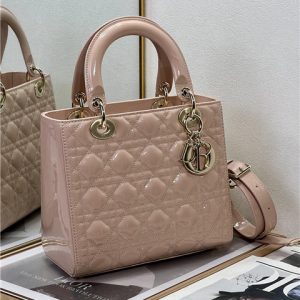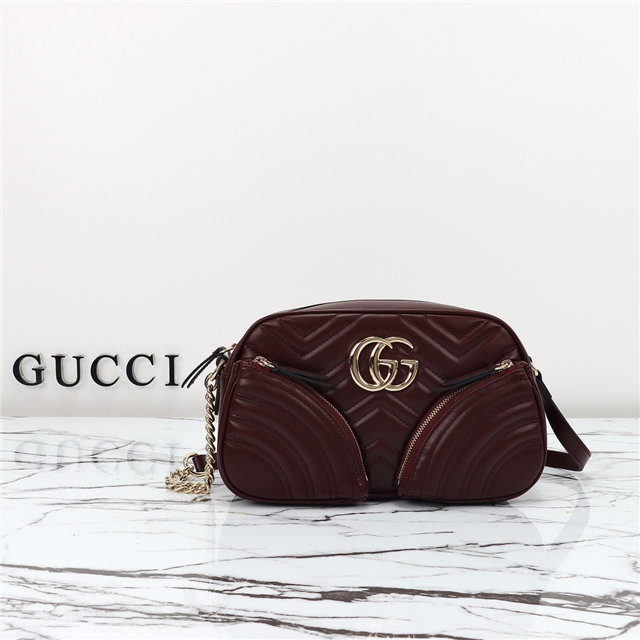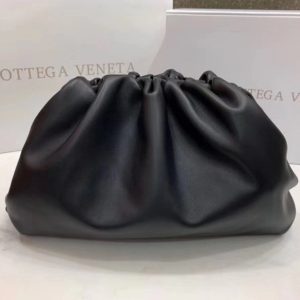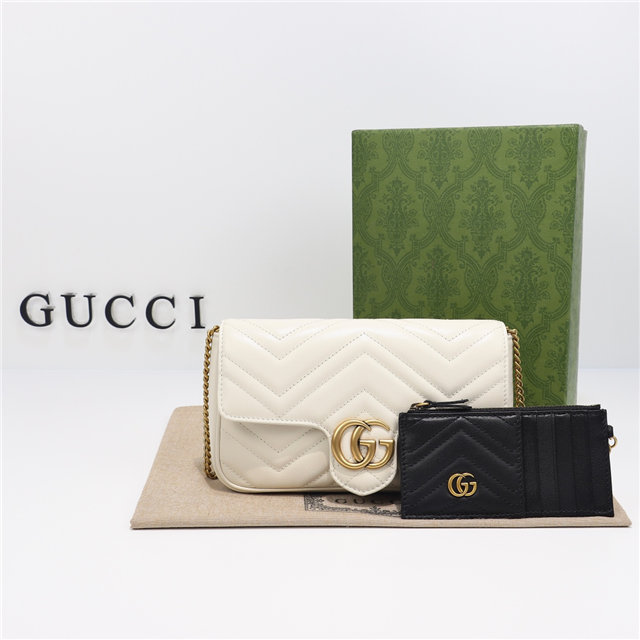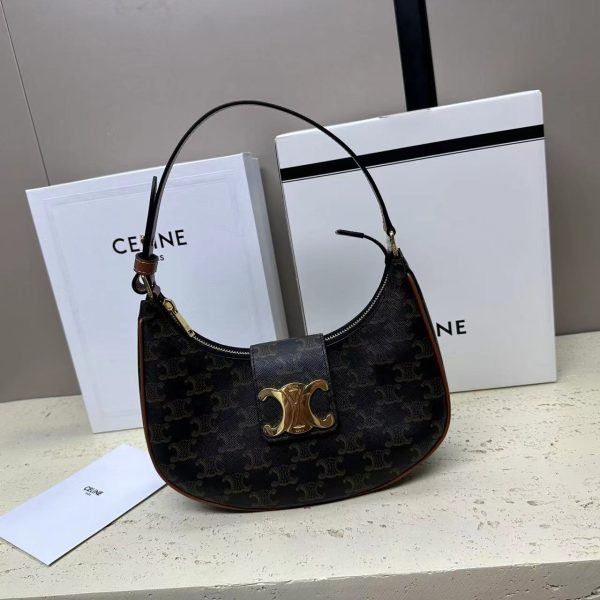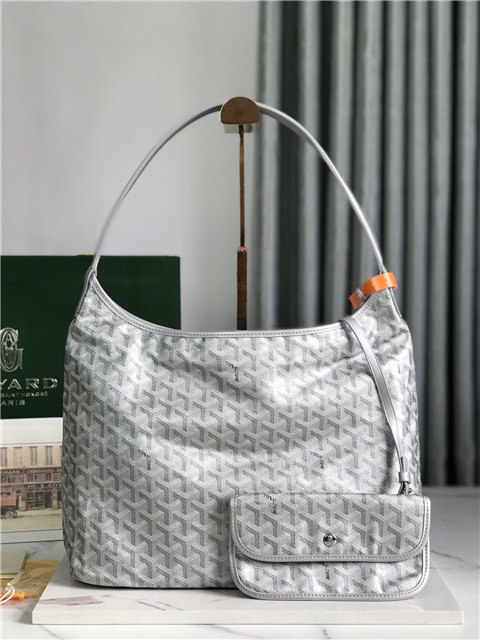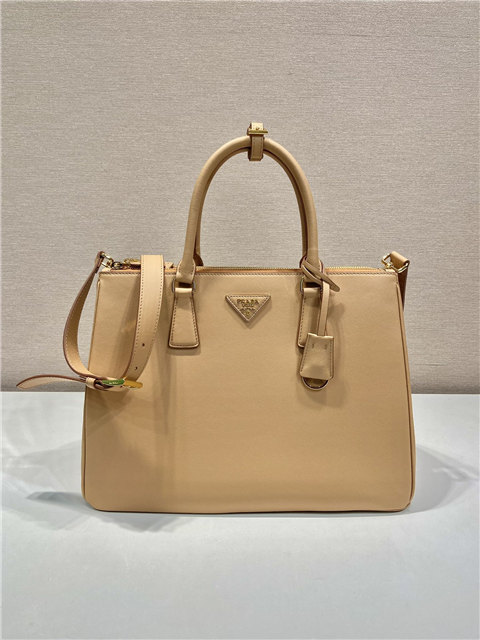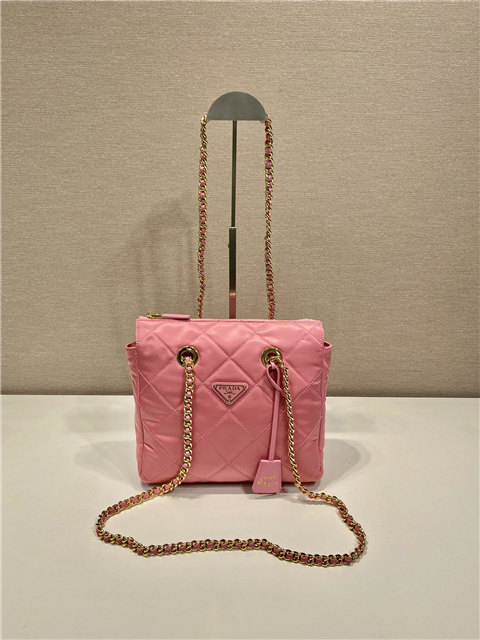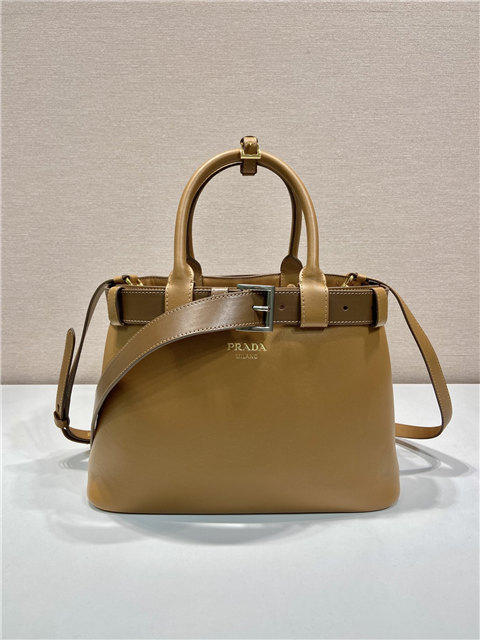First off, seeing “Swiss Movement” slapped onto ANYTHING, especially in the replica watch world (and yeah, I’ve been down *that* shady alleyway before, don’t judge!), it’s kinda like a red flag waving “maybe, maybe NOT genuine!” The whole “Swiss Made” thing is a legal minefield, honestly. Like, they can slap “Swiss Made” on it if a certain percentage of the parts are Swiss *and* it’s assembled there, right? But what if those parts are, like, the cheapest gears imaginable? Or, as one of those replica blurbs said, what if they ship the parts to Korea and just screw ’em together there? Sneaky, sneaky.
And then you get into the whole “Swiss Movement” versus “Swiss Parts” debate. “Swiss Movement” *should* mean the actual engine of the watch, the thing that makes it tick-tock, is Swiss. But, and this is a BIG but, even that can be misleading. They could use a Swiss movement, but the rest of the watch – the case, the strap, the dial – could be made in, I dunno, a sweatshop in Outer Mongolia. (Sorry, Mongolia, no offense!).
So, where does Prada fit in? Well, Prada *does* make watches. I’ve seen ’em. Usually pretty stylish, sometimes kinda out-there. But are they known for meticulously crafted, in-house Swiss movements? Nah. More likely they’re outsourcing the movement. Probably to ETA or Ronda, those big Swiss movement makers, even for quartz watches. Those guys are cranking out movements like nobody’s business.
Now, if you saw a “Swiss Movement Prada” on, like, eBay or something, and it’s priced way too good to be true… honey, it’s probably a fake. A REALLY fake fake. Like, “I printed this on my inkjet printer” fake. A real Prada watch *might* have a Swiss movement, but you gotta do your research, check the seller reviews (if it’s online), and maybe even take it to a jeweler to get it authenticated if you’re feeling paranoid (and you should be!).



